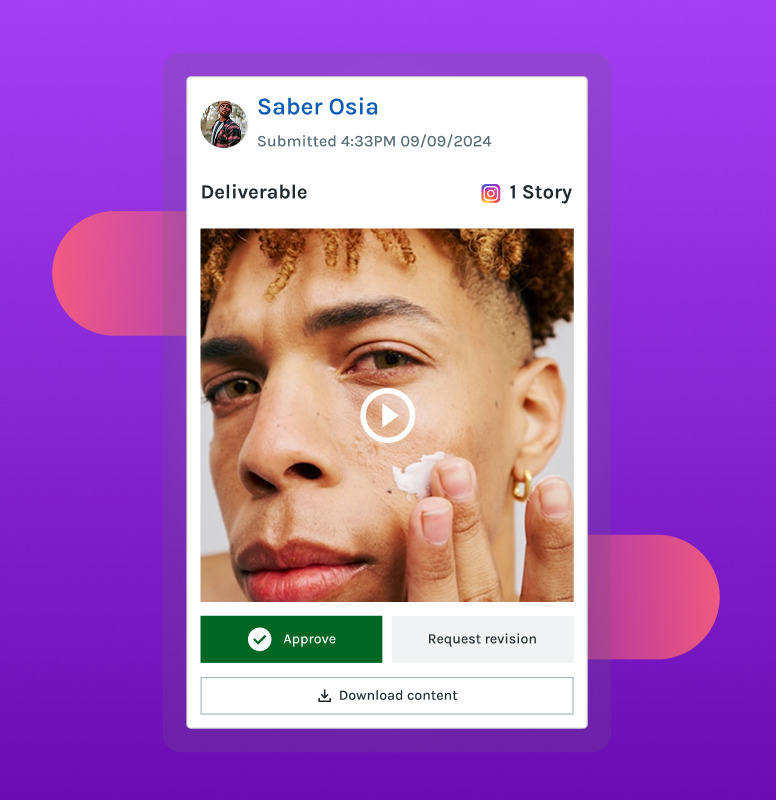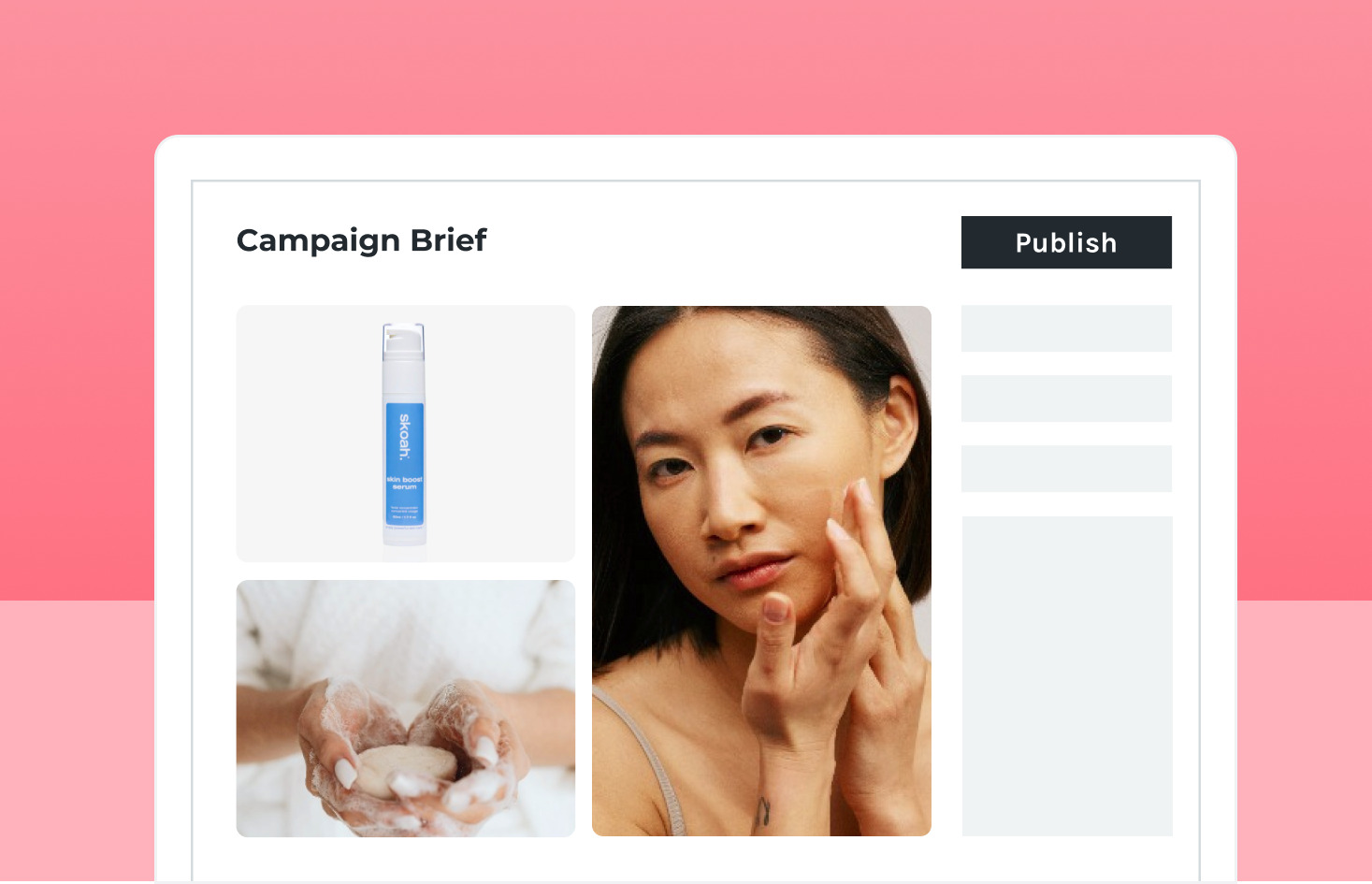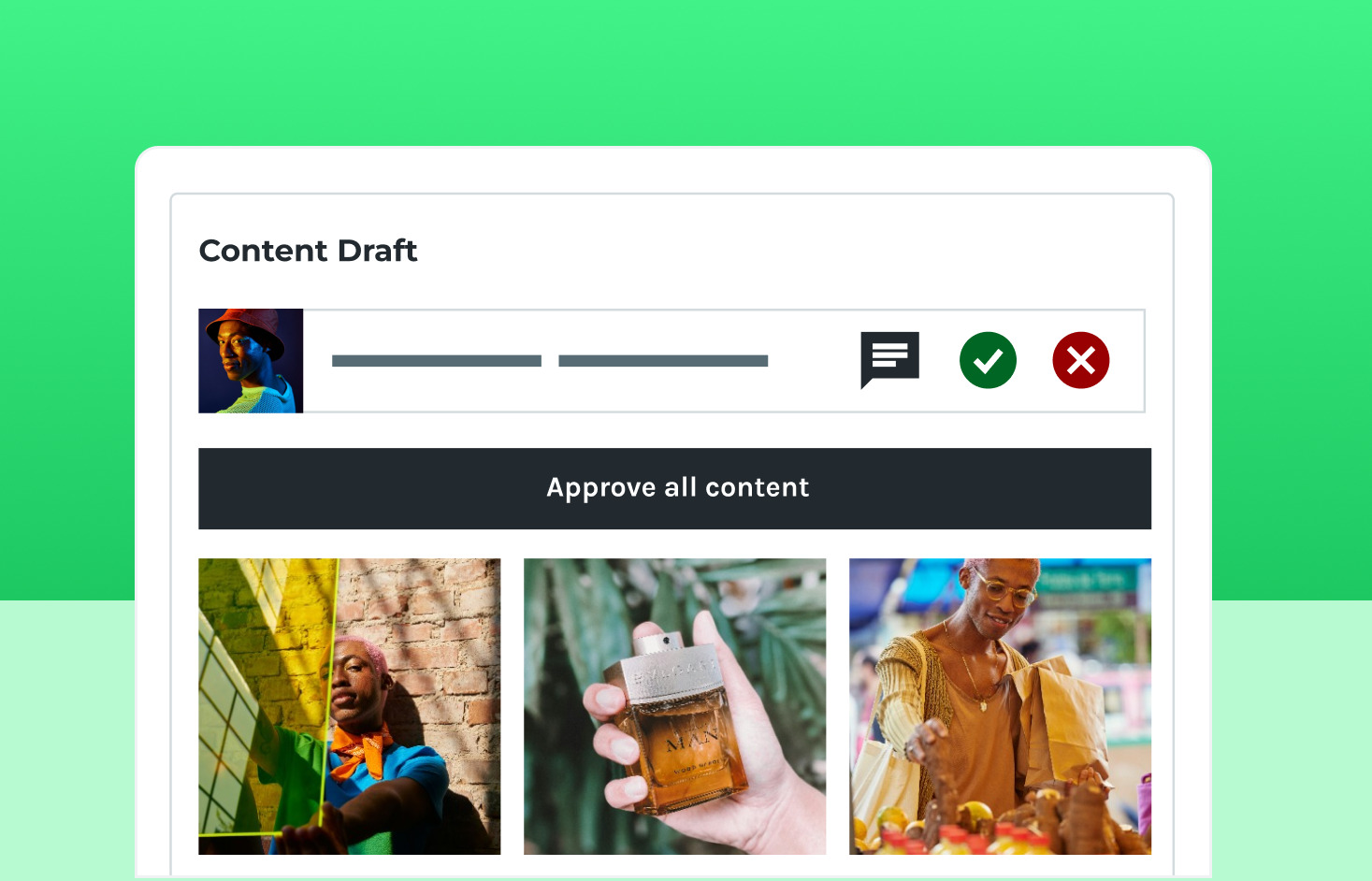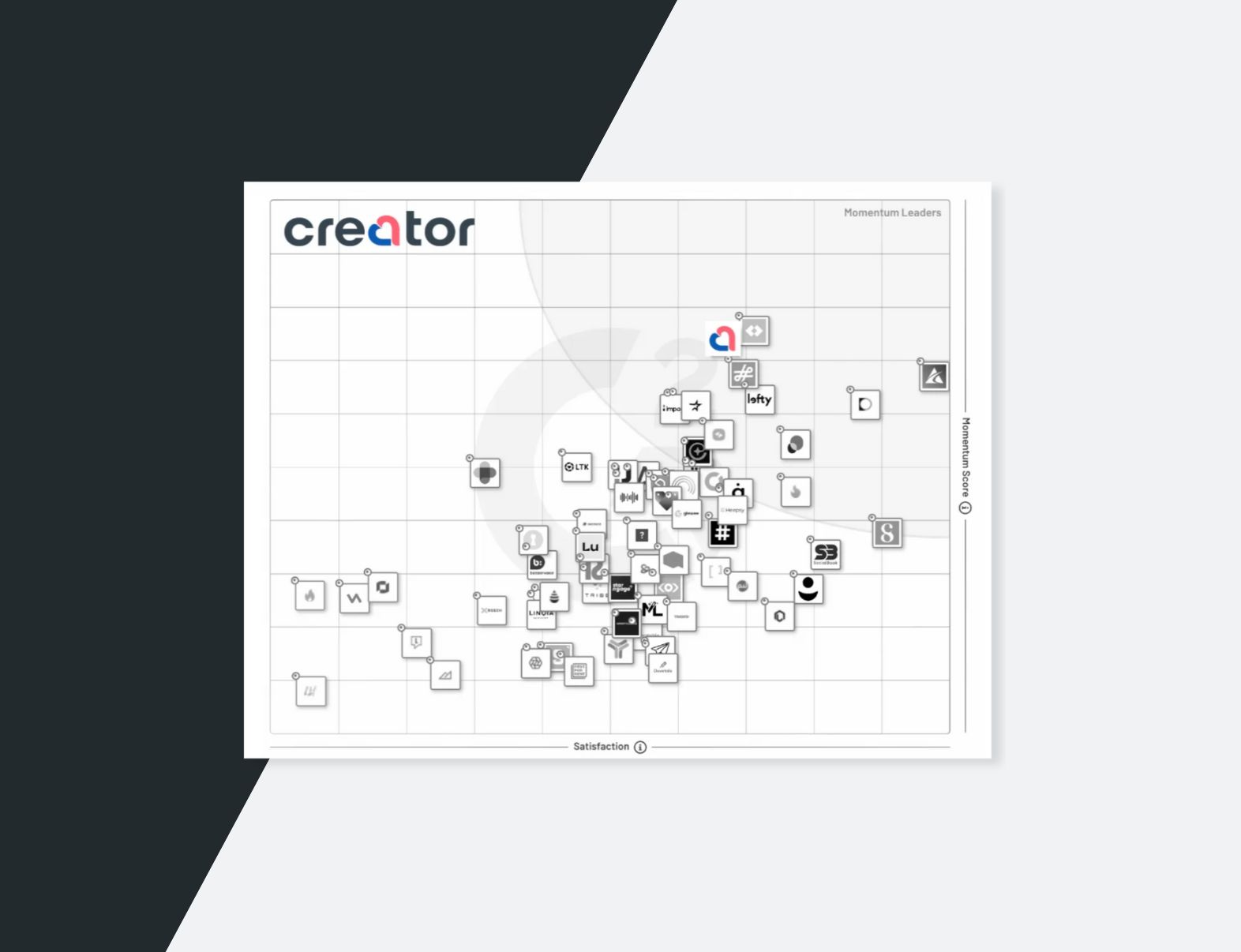




























Launch new Products
We connected Oakley with athletes and fitness influencers to showcase in-store try-ons of their new eyewear, achieving a 176% ROI.
EnTer new markets
We helped Charlotte Tilbury partner with Disney-loving beauty influencers to introduce their skincare and makeup to niche, highly engaged communities.
SCALE YOUR IMPACT
Gen3 Marketing, the world’s leading performance agency, helped their client Fender achieve a 5x ROI by leveraging UGC at scale.


















UGC THAT CONVERTS
We helped Groupon leverage 300 pieces of UGCs for paid campaigns, resulting in a 40% decrease in cost-per-click and significantly improving engagement.
Experiential campaigns
Sun Chlorella partnered with us to send influencers on in-store visits to Erewhon, driving a 900% increase in units sold - significantly boosting brand recognition.
GIFTED CAMPAIGNS
We helped Best Buy Canada partner with influencers through a gifted campaign, driving brand awareness, quality content, higher engagement, increased reach, and a 403% ROI.
TOP TEAMS RELY ON CREATOR TO SMASH THEIR GOALS






















OUR TEAM OF EXPERTS
an Extension of Your Team
Think of us as part of your team. From strategy to execution, we handle the heavy lifting to ensure seamless campaigns and measurable success.


OUR PLATFORM
AI-POWERED performance
Groupon used our platform to scale 300+ UGC assets, cutting cost-per-click by 40%—proof that smart content meets real efficiency.


OUR PARTNERS
INTEGRATION WITH MARKETING TOOLS
Integrated with Shopify, TikTok Shop, Affiliate Networks, Google Analytics, and more - We've got you covered.

DEVELOP STRATEGY & SET KPIS
We work with you to define clear goals and key performance indicators, ensuring every campaign is aligned with your objectives.
Schedule a demo
CREATE TAILORED BRIEFS
Using our brief builder tool, we craft detailed, brand-aligned briefs and share them with 250K+ influencers—via our Collaboration Hub and during targeted recruitment.
Schedule a demo
RECRUIT THE RIGHT influencers
Using our AI-powered influencer discovery tool, we identify and onboard influencers who align perfectly with your brand.
Sign Up Now
DELIVER HIGH-QUALITY content
Oversee content production and approvals through your dashboard, ensuring influencers deliver authentic, consistent, and high-quality content that aligns with your brand’s voice.
Learn More
launch and manage CAMPAIGNS
Run campaigns with hundreds of influencers from one streamlined dashboard—or let our team manage it end-to-end.
Schedule a demo
TRACK PERFORMANCE METRICS
Get real-time insights through our Analytics Dashboard to measure impact across every channel. Track performance from socials to sales and everything in between.
Schedule a demo



















RECOGNIZED LEADER
RATED #1 INFLUENCER MARKETING SOLUTION
Recognized as a Leader by G2 with 99% of users giving a 4 or 5 stars rating and 93% to recommend Creator.
talk to an expert